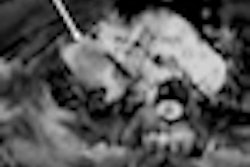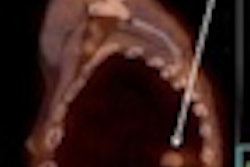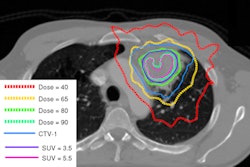Post-treatment FDG-PET scans may be able to predict the prognosis of patients with stage II and III inoperable non-small cell lung cancer (NSCLC), according to a study presented on October 5 at the American Society for Radiation Oncology (ASTRO) annual meeting in Miami Beach, FL.
The phase III study, from the American College of Radiology Imaging Network (ACRIN) and the Radiation Therapy Oncology Group (RTOG), enrolled 251 patients from 20 ACRIN and RTOG sites.
Principal investigator Dr. Mitchell Machtay and colleagues collected pre- and post-treatment FDG-PET scans after patients received chemotherapy and/or radiation therapy. The goal was to determine if standardized uptake values (SUVs) obtained on post-treatment FDG-PET scans were predictive of patient survival.
Using the post-treatment scans, the group was able to identify that patients with high levels of FDG uptake following treatment had more aggressive tumors that were more likely to recur. In addition, greater SUV measurements in the primary tumor were indicative of a greater recurrence rate and reduced chances for patient survival.
FDG-PET has a role in helping physicians make more informed decisions about a patient's treatment program, and the modality can help researchers determine whether a treatment regimen is worthy of further study before long-term survival data are available, Machtay and colleagues concluded.




















